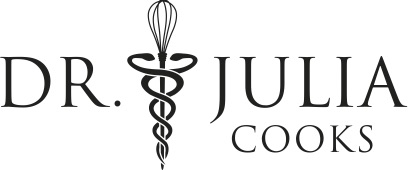Facts about Fats
How to incorporate fats in your diet can be very confusing. Thankfully, we are coming out of a nationwide “low-fat” craze, and we now know that all fats aren’t harmful to our health.
Yet foods are still often advertised as healthy if they are low-fat. And while fats have been demonized for years, we now know that is not the full story.
Fats actually are an important component in our diet. They play an role in:
vitamin and nutrient absorption
making cell membranes
making the coating of nerve cells
healthy heart and brain function
feeling full and satisfied after a meal
There are several different kinds of fats and all can have a different effect on your health. The key is to shift from eating unhealthy fats to more healthy fats. This can be simpler — and more delicious — than you might think!
HEALTHY FATS
Several kinds of fats have positive health benefits when eaten in moderation. These are known as “unsaturated fats.” You should feel good about including them in your diet.
These fats can help you feel full. They even help raise your “good” cholesterol — your HDL. And often, these fats are found in foods that have other nutrients, like vitamins, fiber, phytochemicals, and antioxidants. So be sure to look for healthy fats and use them in moderate quantities.
Healthy fats can be found in:
olive oil
nuts: walnuts, pecans, almonds, peanuts, cashews, even flaxseed
avocado
fish — salmon, tuna, even mackerel
UNHEALTHY FATS
Fats that aren’t as beneficial to health — and should be limited — fall into two categories.
1) Trans Fats These fats are found in fried food and a lot of commercially prepared foods. These fats are linked to development of plaque on the arteries and the potential for future heart attacks and strokes. Trans fats have actually been banned from food served in restaurants in New York and California.
The best way to avoid trans fats is to:
avoid fried food
read labels carefully — if one of the ingredients is “partially hydrogenated oil,” this is a trans fat and should be avoided
2) Saturated Fats These are the fats found in animal products, like beef and dairy.
Examples are:
hamburgers, steaks, and meat in tacos and burritos
in fact, ounce for ounce, cheese has more saturated fat than red meat!
dairy products such as ice cream, whipped cream, sour cream
pizza
